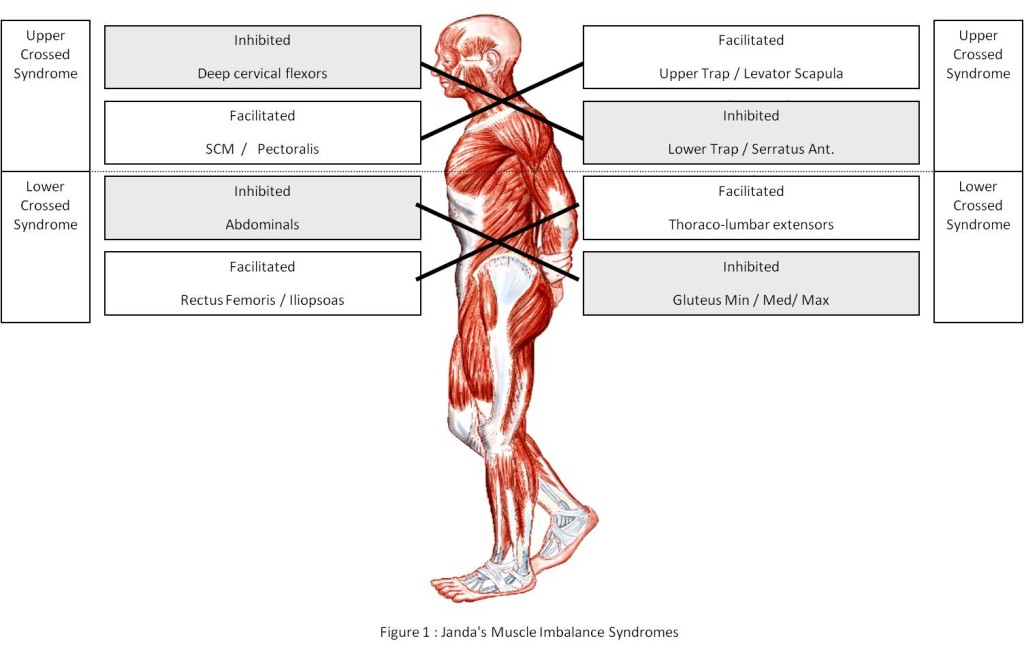What You Need to Know:
- Neutral spine is promoted. (via a long “line” from the head to the butt.)
- In order to crawl with a decent amount of weight, you need to “neutral, brace, breathe” to take a line from physical therapist, Mike Reinold.
- No implements to hold, and if the first two points are taken care of, there is limited chance that the upper traps will dominate the movement.
- This is possibly the most bad-ass name for an exercise ever.
- Locomotion can only be translated (with neutral spine and IAP) via “pulling” with the hands and “pushing” with the knees/feet.
- You will feel sore following this exercise. (For those that enjoy chasing the soreness, do this for a large distance at a time with technical proficiency.)
—-
If we were to play a little word association game with “core exercise”, do any of these come to mind first?
- Russian Twists
- Crunches
- Leg Lifts
- 6 Inches
- Bicycle Kicks
I’d estimate that these exercises are still seen fairly frequently in many commercial gyms and workout DVDs and videos online to this day.
However, the following exercise has application in many circles: from being used as a rehabilitation progression, to being used within many advanced athletic programs, and can even prepare you for a blindsided tackle. Basically, it is a jack of all trades, and used in more things than just a bootcamp.
[youtube=http://www.youtube.com/watch?v=-gMPV3hQtb0]
Perfect to include for your warm-up, or even in your exercise program when you add in a weighted sled.
Learning the intricacies of this movement, along with activating requisite muscles to strengthen the mind-body connection will help accelerate you later on as you grow and develop as an athlete. This is akin to how someone may be thrown into a back squat position with 405lbs, which spells disaster if you’re not physically prepped for it. You’re better off starting off with a Goblet Squat, then going to a Barbell Front Squat (maybe even to a box!), and then going straight into a Barbell Back Squat.
At Endeavor Sports Performance, we utilize many variations of breathing exercises, and seemingly “primitive” movement patterns. One of the cool things about these exercises is that they relate very closely to the moves you might see in a cypher or breakin’ event.

Bear crawl? Or six-step?
Besides just reppin’ your crew with some fresh moves, these regressed moves (we’ll call them crawling patterns from here on out) are actually beneficial for both bboys and regular folk trying to get their swole and functional movement on.
Benefits
- Training a neutral spine in a regressed movement pattern:
- When talking about position of the spine in most exercises, the idea is to promote a neutral spine (or, for those that are unawares, a more or less “straight” alignment of the spine from the cervical spine to the sacral iliac joint).
- If the hips shoot up, it may promote an anterior pelvic tilt, which could signify a lack of anterior core strength. To rid the possibility of an anterior pelvic tilt, promote a slight posterior tilt (for those in extension) and recruit the external obliques into the movement.
- Intra-Abdominal Pressure (IAP)
- After achieving a neutral spine, you want to appropriately brace the core musculature before and during the movement.
- It is a way to manipulate your breathing and activation of the deep abdominal muscles in order to move under load. This idea is expressed further in my sled crawling examples.
- No Hand Holding in Core Training:
- In many contemporary exercises, in order to train the “core”, there is necessity to utilize your hands to hold an implement. For example, a dumbbell or kettlebell for a Farmer’s Walk, or a handle for a Pallof Press.
However, what happens if the upper traps dominates these movements?

Sahrmann and Janda notes that if the upper trap dominates a static or dynamic posture, the cervical flexion muscles are inhibited or reduced in tone. According to the superficial front line (Thomas Myers’ Anatomy Trains), if the cervical flexion muscles are inhibited (SCM), then there will be compensation up or down the kinetic chain – in this case further down the chain (weakness of the obliques, which serve to pull the ribcage down).
Note the difference in rib position if you were to look from left to right. You can even follow the lines on my shirt for a more visual description for how to “not move” well in the weight room.

L: Correct R: Incorrect (Elevated rib position in top, elevated shoulders in bottom)
But, I’m working on my “core muscles” by doing these awesomely advanced exercises like the Pallof Press and Farmer’s Walk! Right?
…Maybe not.
Whether or not you will be performing the Farmer’s Walk incorrectly or correctly… the muscles that will need to resist rotation will be traps, lats, and obliques.
Cuing and Directions for the Bear Crawl
By using the bear crawl, you are resisting gravity in a quadruped position, and your core is resisting the desire to “extend” as you move up and down. Further, when you crawl in any direction you are resisting rotation. So by crawling, you are getting core work at its purest degree.
So, to introduce the most underrated abdominal exercise you have never done…
[youtube=http://www.youtube.com/watch?v=jiq9np5gh7o]
For the initial, unweighted variation of the bear crawl, use about 10 steps/side, for a total of 20 repetitions. Maintain a neutral spine throughout, and keep knees up, but glutes down.
As you progress to a weighted version, use about 5 steps per side, for a total of 10 steps. If you do it correctly, it will be tougher to maintain a neutral spine, because of the abdominal pressure required to maintain throughout the crawl; thus the lower repetitions.
Further Reading
http://zaccupples.com/2013/10/31/course-notes-dns-c/
http://www.rehabps.com/DATA/DNS_Intro.pdf
###
Keep it funky.
MA
